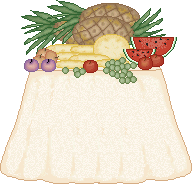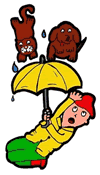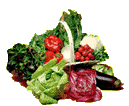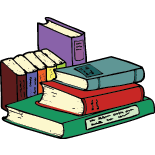Unit 4 Week 1
Grades 1-5

First Grade
will read an Informational Nonfiction
book
about City Birds. In
particular this book will tell us about robins,
sparrows, pigeons, blue jays and red-tailed hawks nesting areas in
cities. We will focus on comprehension skills. We will also look on the
internet and see other common birds
that
were not discussed in the book.
Then we will discover that there were two meanings to bat and saw. We
will look them up too and see all kinds of different bats! Next, we
will look closely at long o words and we will learn that when there is
an o
in the middle of the word and an e is on the end of the word, the o
says its name. (like nose) We will also leaned that ow can also say o
as in
the word show.
We will then play the sequence game and
explain to our partner what
happens next. Last we will practice using the word "was" in
sentences.
Our sight words are
any
open
saw
soon

Second Grade will read about
Yaks of the Mountains.
We will learn that Yaks live in Central Asia and
that they have very long hair which keeps them warm in the tall cold
mountains of Tibet and Nepal. We will discover that yaks
are
mammals and are related to cows but they have long horns and long
hair. We will also learn that yak milk is used to make
yogurt
and cheese and the yaks fur is used to make rope.
Then we will learn about snow leopards and ibex
goats
who also live in the mountains with the yaks and we will compare them
to
the yaks.
Next we will look at word endings s and es and the ar and or sound
words
like
star and far. Last we will be introduced to linking
verbs.
Sight words are
happen
here
out
what

Third Grade will read the book
From Farm to Dinner
Table:Food's Great Journey. It will show the
different food regions of the United States and how our production of
food increased with the inventions of the transcontinental rail
line, the steamboat, motor trucks, refrigerated trucks, ships and
airplanes. We will learn it changed from 3 billion tons of freight in
1860
to 1 1/2 trillion tons in 2002.
We will look closely at a diagram that shows farms
sending food
to canning factories,
bread factories, milk plants and meat plants. Then the factories
and plants send it to the supermarket where we go to buy the food.
For our grammar lesson we
will look at all kinds of Idioms on the
internet, we will play a game and learn that an idiom is a
phrase, or
group of words, that means something different
when the words are together than when each word is separate like

It is raining cats and
dogs.
which means
it isn't really raining cats and dogs. It is raining very hard.
We will also look at words with the
broad o sound as in vault and straw.
Then we will compare and contrast phrases. We Compare when we
tell
how things are the same and we Contrast
when we tell how things are
different.
Then we will chart the verbs Be, Do and Have and see that it takes many
different forms when it is in the present
and past tense.


Fourth Grade will read the book Hollywood Hounds.
It us about famous dogs who
performed in movies and on television. We will learn that usually
more than one dog does all the tricks in the movies and sometimes the
trainers find the dogs they train in dog pounds.
We then we will look at more prefixes
and their meanings, review the
inflected endings ed and ing and review pronouns which take
the place
of a noun. Then we will also be
introduced to antecedents (the noun a
pronoun replaces)
of those pronouns. Last we will look at phrases
and
draw conclusions from those
statements.

Fifth Grade
will read a story called
Swimming
Together-The Way It Should Be. It is
historical fiction which means the characters are not real people but
the author took his information from events that happened in the
past. In this case the story occurred in the late 1950's to early
1960's and will tell us about the the discrimination and prejudices
that
occurred before there were integration laws. The author cites a
particular event in Pennsylvania that he used as a reference.
Our vocabulary lesson will review homophones.
The phonics lesson will
focus
on Schwa l and Schwa-n and our language structure lesson this week
will review pronouns and antecedents (see
fourth grade). Last we
will analyze characters and setting for our Reading Comprehension
lesson.

http://www.hellasmultimedia.com/webimages/newyear/newyear_images_2.htm











